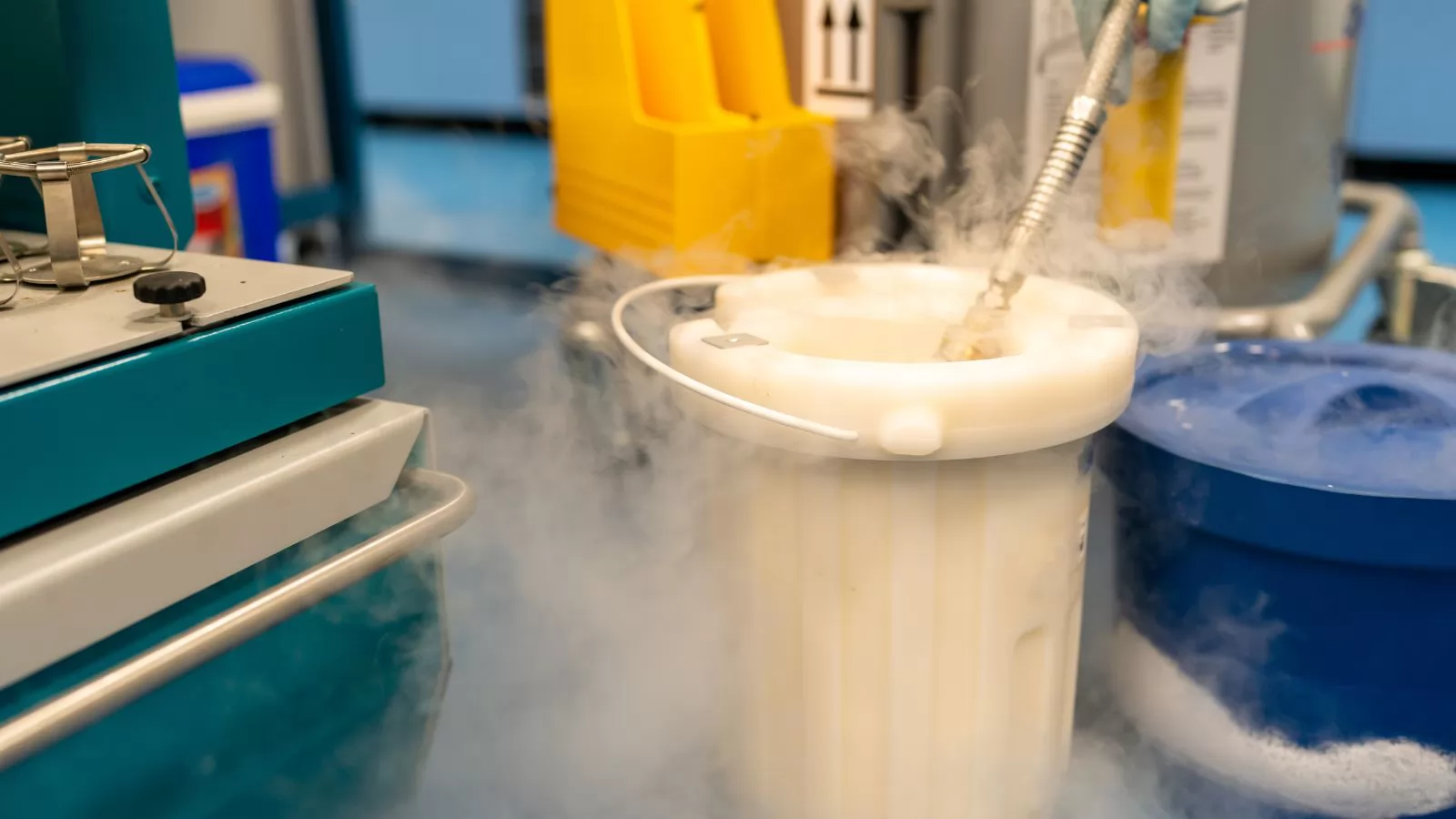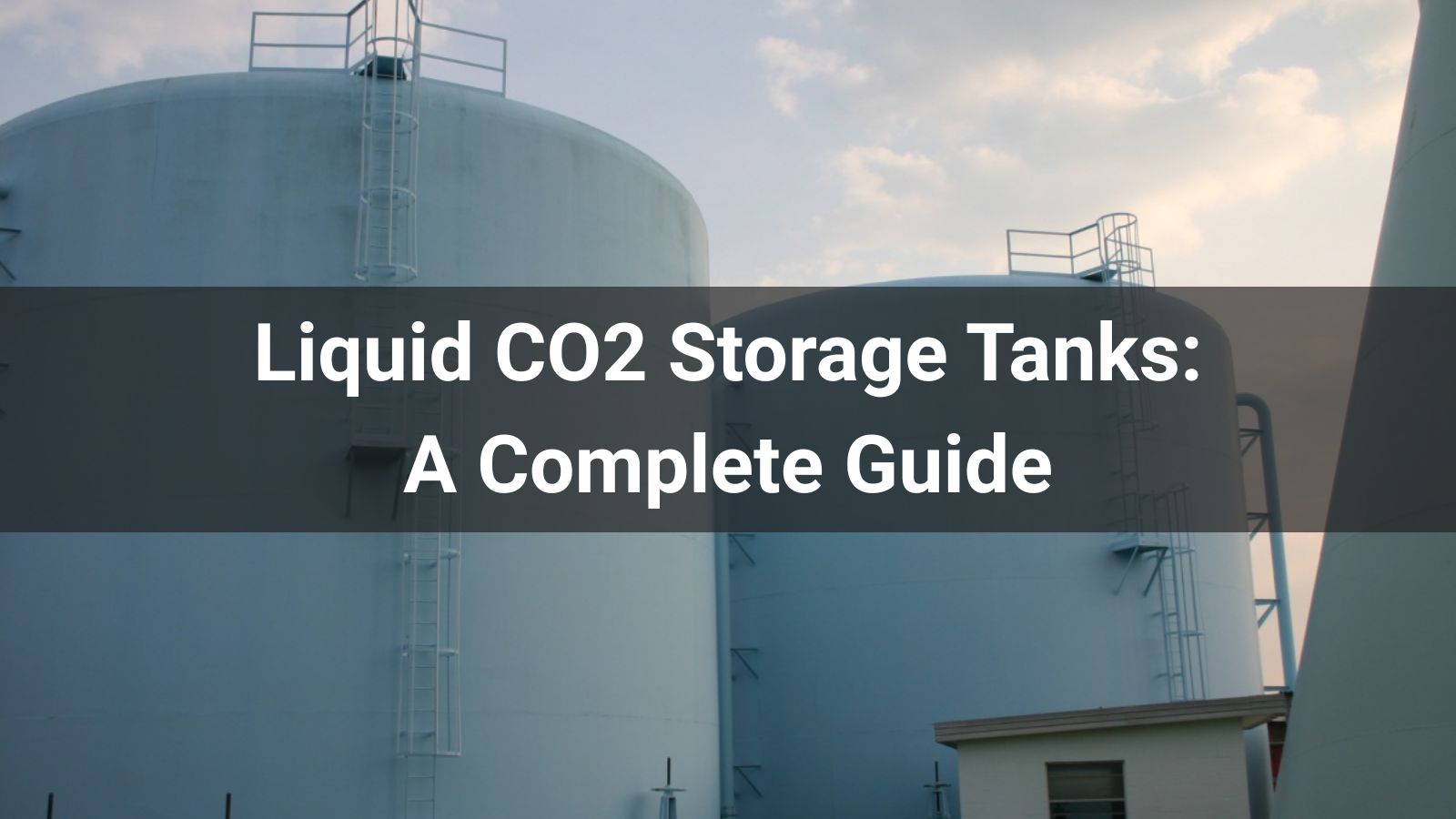
Cryogenics—the science of extremely low temperatures—powers some of the most advanced technologies in modern industry. But where exactly are cryogenics applied, and why are they essential to innovation and efficiency across sectors?
What Are Cryogenics, Really?
Cryogenics refers to the branch of physics that deals with the production and behavior of materials at very low temperatures—typically below -150°C (123K). The technology harnesses liquefied gases such as nitrogen, oxygen, argon, and LNG to serve a wide range of industrial, medical, and scientific functions.
Industrial Applications That Run on Cryogenics
In industry, cryogenics isn't a luxury—it's foundational. Here's where it plays a central role:
- LNG Production & Transport: Cryogenic systems liquefy natural gas for long-distance transport and storage.
- Metallurgy: Used in cryogenic treatment of metals to improve hardness and wear resistance.
- Electronics Manufacturing: Facilitates semiconductor cooling during fabrication.
- Aerospace Propulsion: Fuels like liquid hydrogen and LOX (liquid oxygen) are cryogenically stored and used for rocket engines.
- Food Processing: Enables instant freezing to preserve taste and nutritional quality without chemical additives.
Beyond Industry: Cryogenics in Science and Society

Cryogenics doesn't stop at factories. Its impact runs deeper:
- Medical Cryopreservation: Long-term storage of biological materials like stem cells, blood plasma, and reproductive cells.
- Magnetic Resonance Imaging (MRI): Superconducting magnets in MRI machines are cooled using liquid helium.
- Quantum Computing: Qubits must operate at near absolute zero to remain stable, requiring sophisticated cryogenic systems.
- Space Exploration: Satellite sensors and instruments rely on cryogenic cooling for accuracy and longevity in orbit.
Emerging Frontiers: The Future of Cryogenic Applications
The scope of cryogenics is expanding fast:
- Hydrogen Economy: Cryogenic liquefaction and transport of hydrogen for green fuel infrastructure.
- Cryogenic Energy Storage: Storing energy in the form of liquid air or nitrogen for grid balancing.
- Organ Preservation: Research is underway to cryopreserve whole organs for future transplants.
As sustainability and high-tech demands grow, cryogenics is becoming a silent enabler of innovation.
Why Cryo-Tech Is Shaping the Cryogenic Revolution
Cryo-Tech stands at the forefront of cryogenic engineering, delivering custom-built storage tanks, ISO containers, cryogenic trailers, and pump systems for global clients. Their solutions meet the demands of energy, medical, and scientific sectors worldwide.
Explore Cryo-Tech’s range of high-performance products:
Each solution is engineered for safety, energy efficiency, and international compliance.
FAQs on Cryogenic Applications
- Is cryogenic technology safe?
- Yes, when operated with proper training and safety systems, cryogenics is a safe and efficient method of handling liquefied gases.
- What gases are commonly used in cryogenics?
- Liquid nitrogen, oxygen, argon, helium, and natural gas are among the most used.
- What industries benefit most from cryogenics?
- Energy, aerospace, medical, food processing, electronics, and emerging clean technologies.








.png)




.png)

![Top 10 Cryogenic Companies in USA[2025 Updated]](/statics/images/right.png)
![Top 10 Cryogenic Companies in USA[2025 Updated]](/uploads/202508/bannerlist_1756363009_WNo_800d450.jpg)

![Top 10 LNG Tank Manufacturers Worldwide[2025 Updated]](/uploads/202506/CryoTech-banner-1-_1750490922_WNo_800d450.jpg)



